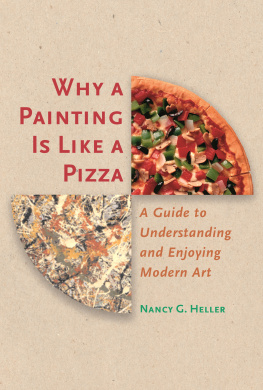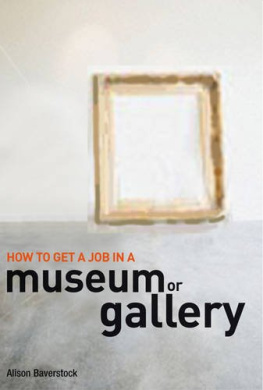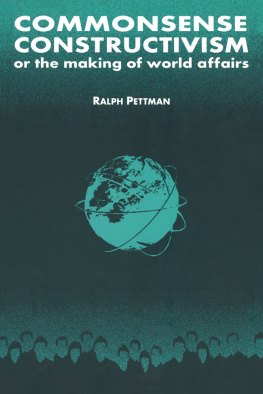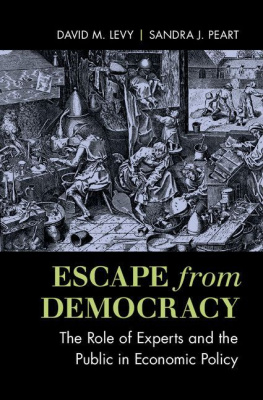Michelle Marder Kamhi - Who Says Thats Art?: A Commonsense View of the Visual Arts
Here you can read online Michelle Marder Kamhi - Who Says Thats Art?: A Commonsense View of the Visual Arts full text of the book (entire story) in english for free. Download pdf and epub, get meaning, cover and reviews about this ebook. year: 2021, publisher: Pro Arte Books, genre: Art. Description of the work, (preface) as well as reviews are available. Best literature library LitArk.com created for fans of good reading and offers a wide selection of genres:
Romance novel
Science fiction
Adventure
Detective
Science
History
Home and family
Prose
Art
Politics
Computer
Non-fiction
Religion
Business
Children
Humor
Choose a favorite category and find really read worthwhile books. Enjoy immersion in the world of imagination, feel the emotions of the characters or learn something new for yourself, make an fascinating discovery.
- Book:Who Says Thats Art?: A Commonsense View of the Visual Arts
- Author:
- Publisher:Pro Arte Books
- Genre:
- Year:2021
- Rating:3 / 5
- Favourites:Add to favourites
- Your mark:
Who Says Thats Art?: A Commonsense View of the Visual Arts: summary, description and annotation
We offer to read an annotation, description, summary or preface (depends on what the author of the book "Who Says Thats Art?: A Commonsense View of the Visual Arts" wrote himself). If you haven't found the necessary information about the book — write in the comments, we will try to find it.
Todays artworld experts accept virtually anything as artfrom all-black paintings and facsimiles of supermarket cartons to dead animals preserved in formaldehyde. Many art lovers reject such fabrications, however, arguing that they are not art. This book explains why those ordinary people are right and the presumed experts are wrong.
Museums and galleries of contemporary art around the world are filled with cutting-edge pieces that art lovers largely detest, while painters and sculptors whose work the public would appreciate are ignored by the cultural establishment.
How did this happen? What mistaken ideas have led to it? Who is responsible? And what can be done to reverse the situation? Who Says Thats Art? answers such questionsin commonsense terms that non-specialists can readily understand.
Many books have attempted to bridge the controversial gap between the public and the contemporary artworld. What makes this book different? Other writers claim that people need to know the theories behind advanced work in order to appreciate it. Who Says Thats Art? debunks those theories. Moreover, it reveals the cultural forces that collude to promote pseudo art in the contemporary artworldfrom art educators and wealthy collectors to museum administrators and the media.
Drawing on evidence ranging from cognitive science to cross-cultural studies, the book explains how and why the traditional fine arts of painting and sculpture profoundly move us by embodying important human values. In contrast, it demonstrates the emptiness of the installations and conceptual art that dominate the postmodernist artworld. Further, it documents the shallowness of collectors who pay huge sums for notorious works of contemporary art, such as a dead shark in a tank of formaldehyde. Surprisingly, however, the authorunlike most conservative criticsargues that the breakdown of the visual arts actually began with the invention of abstract art in the early twentieth century, because it rendered art unintelligible.
In conclusion, Who Says Thats Art? highlights the pleasures and rewards of genuine art, both old and new, and suggests how to restore sanity to the contemporary artworld.
Michelle Marder Kamhi: author's other books
Who wrote Who Says Thats Art?: A Commonsense View of the Visual Arts? Find out the surname, the name of the author of the book and a list of all author's works by series.









